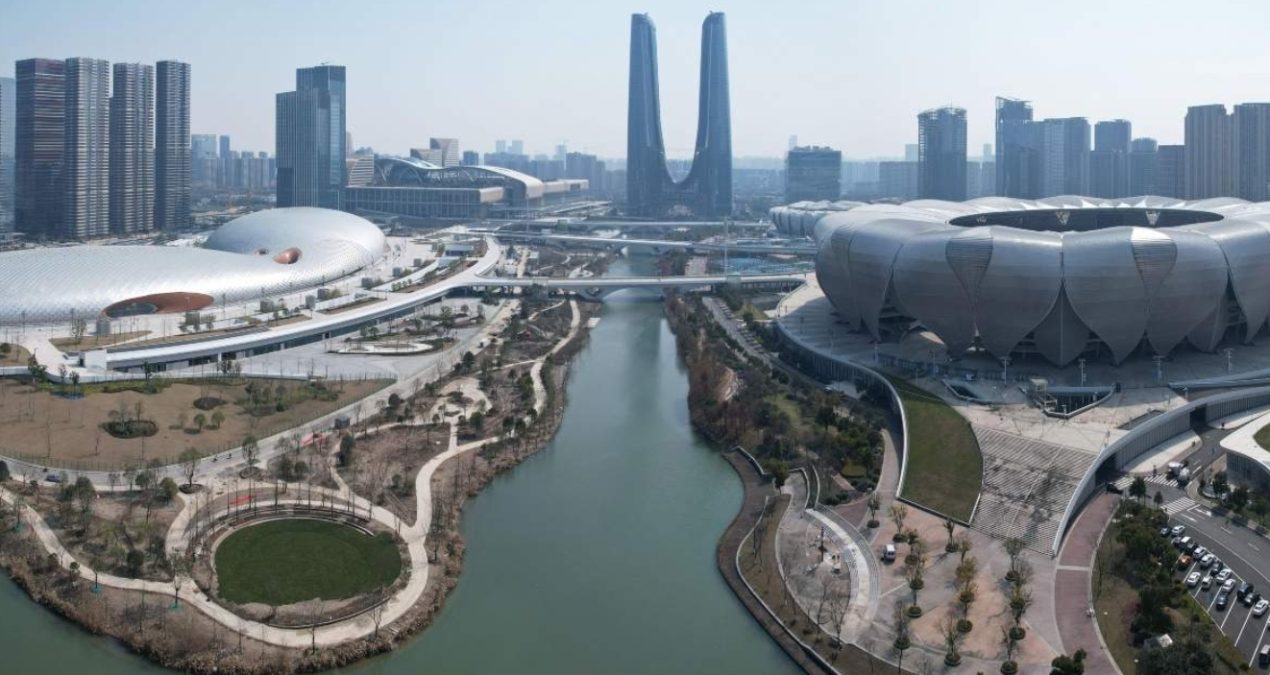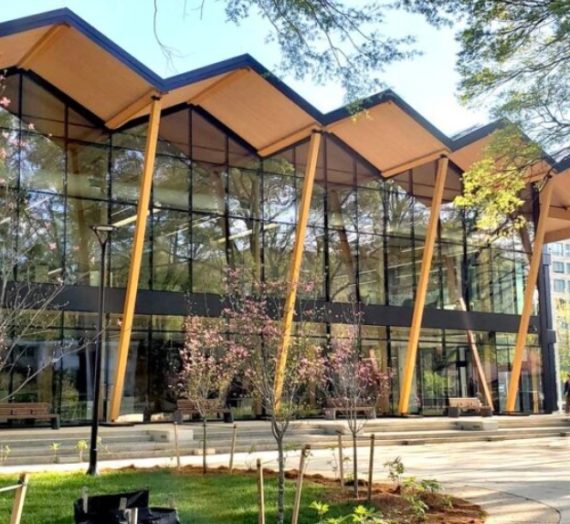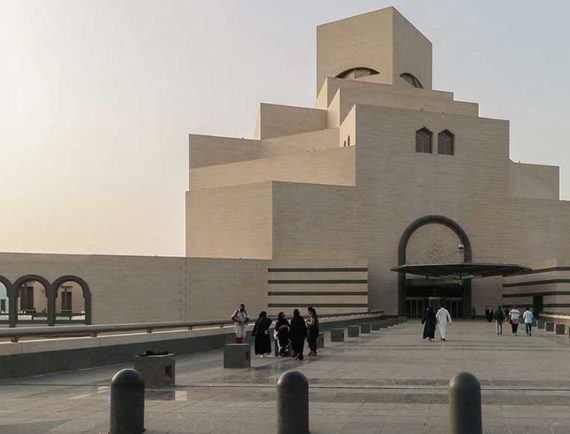Generative design is a growing trend that, although it has not yet been developed in Spain, represents for many the future of architecture. The transformation that real estate is undergoing, increasingly digitized, is giving rise to new tools that greatly facilitate the architect’s work.
“Architecture or generative design consists of creating a design, whether architectural or of a product, in the most optimized way possible. This is achieved through new parametric design software in which a series of data and constraints according to the needs of each sector.Whether it is automotive, industrial design or, in our case, applied to the world of construction. Once these parameters are established, the designer enters their needs and in this way the program shows the best product, allowing as many variations as desired until the desired objective is obtained”, explains David Santos, architect, project technician at the Vía Ágora promoter.
This way of designing is under development and experts assure that it will be the trend in the future because it has a lot of potential, although there is still not enough training or enough means to be able to implement it. This design can be applied both to the most complex forms of architecture, such as in the works of the studio created by the Iranian architect Zaha Hadid, as well as for a simple housing fit or the optimization of parking spaces for a new development.
Administrations must give more free rein to variation, not impose so many rules
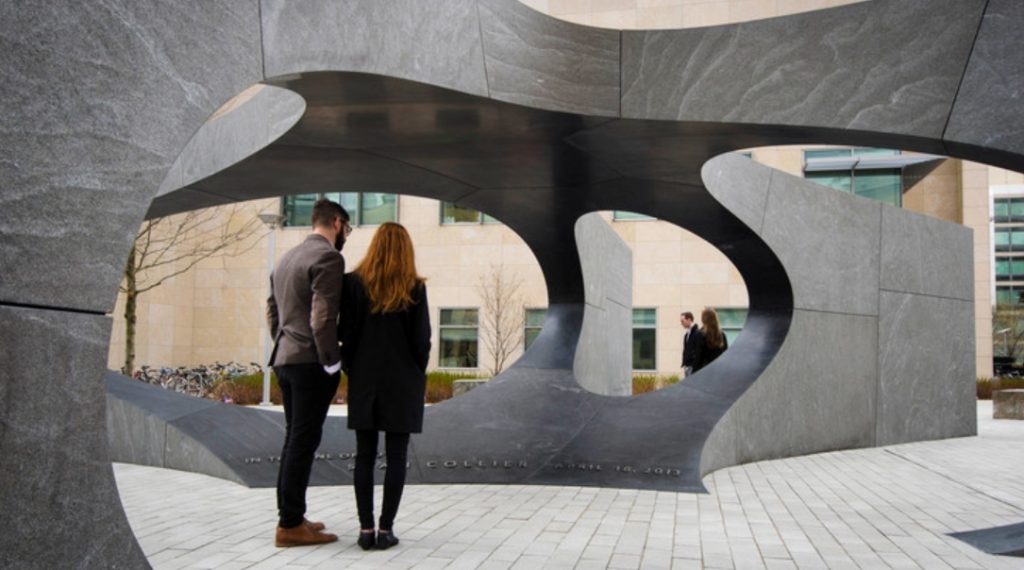
One of the works that is a clear example of generative architecture is the Hedor Alije Center, by Zaha Hadid, designed to house a wide variety of cultural programs where his design is a deviation from rigid architecture. The complex curves of Zaha Hadid’s Stench Alije Center were designed using the first script-based geometry engines.
“The same thing is happening with generative architecture as with BIM, which in its beginnings cost a lot for people to use it, and it continues to be difficult to change the traditional design mentality and the application of new techniques at the design process level. We are a country very rooted in the traditional, in what we know already works. You just have to look at the new areas of development, like in Madrid, for example, which at first glance seems to have a variety in the design of the buildings, but if you analyze the buildings are all cut from the same pattern with different finishes. It does not happen like in other countries with a greater design tradition that there is more variety and freedom. The key is also in that freedom. I think that the administrations should give a little more rein loose to variation. Not imposing so many rules to be able to apply these new design processes”, assures Santos.
Generative or traditional
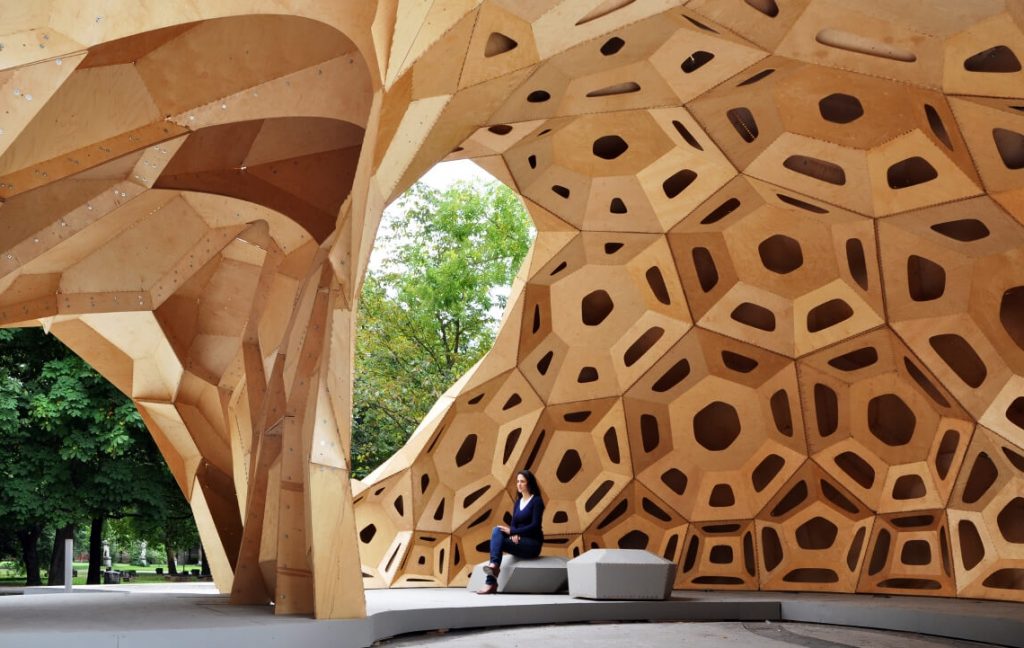
Traditional architecture is a trial and error process. Architects try out different options when designing and sometimes the delivery times or the conditions that may occur can lengthen this process so that the agents involved do not find it convenient due to costs and resources.
Instead, with generative architecture all these problems disappear. The most optimal design for the problem that may arise is created in the fastest way. Time and resources are saved thanks to the parameters that the software has to reach the best design in the fastest way, as complex as one wants to make it.
Another example is the Z15 tower in Beijing, which was built in a seismic zone: parametric simulations have enabled more dialogue between engineers and architects, reducing final decision-making time to just several days, rather than weeks of going and to come.
Industrialization and sustainability
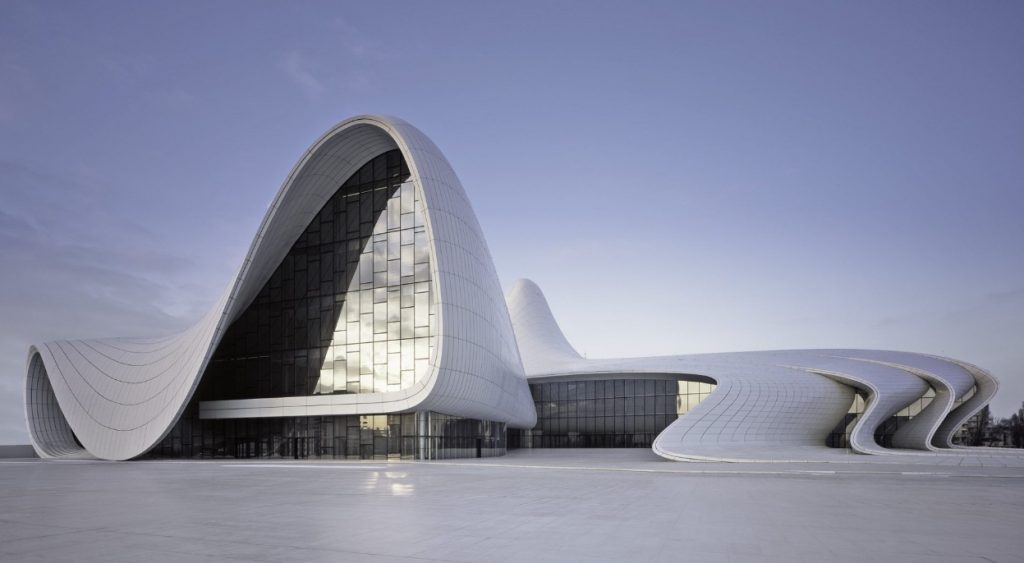
Industrialization in construction is going to help new forms of architecture to emerge. It is not the same to design to make a traditional work than an industrialized work where everything is already thought out in advance.
In the constant search for optimization, we are already seeing other complex forms outside of Spain, such as the Hangzhou Tennis Center in China, Absolute Towers in Canada or even the famous Burning Man Festival temple, designed by the French architect Arthur Mamou-Mani. These are examples of large complex works of architecture, but generative architecture can also be applied in home construction.
“Within the design department of the Vía Ágora Corporation, we work a lot hand in hand with Lignum Tech. For example, with industrialized bathrooms, as architects, we have had to change our way of thinking when designing them since they require a series of new conditioning factors. Traditional structure leaves much to be resolved directly on site. This is unfeasible with industrialization because it is a way of building that comes from the factory and everything has to be well thought out beforehand to get to the construction site and only have to assemble it,” declares Santos.
In order for generative architecture to be implemented, it is necessary to have a very standardized and developed product, so that the software can be given those minimum requirements to develop solutions adapted to the needs of the work. This standardization and detailed engineering are the key pieces of industrialization. This is why generative architecture and industrialization are so well connected.
Generative architecture makes projects sustainable: saving time, costs and resources
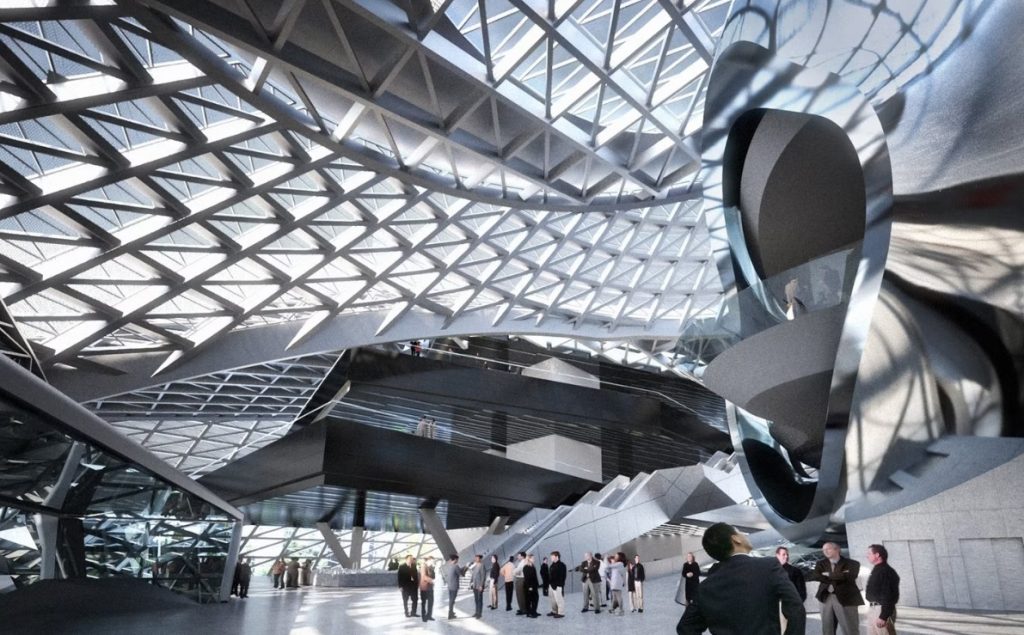
In addition, generative architecture makes projects more sustainable since any process that saves time, costs and resources makes a project more sustainable. We must remember that something is sustainable, it is not only what is called ECO. In the end, improving the quality of work, creating a more efficient architecture and investing in innovation are sustainable aspects that generative architecture allows and manages to achieve.
“When more optimized spaces are generated, with greater technical rigor and using standardized solutions, it indirectly improves in aspects such as the reduction of waste generated during construction, higher quality products are designed and, therefore, with easier maintenance, and a more efficient energy design is carried out, which means that the environmental impact of the construction is reduced actively and passively. For example, at Lignum Tech, where we carry out the design process of our facades, you must be very clear about where it is going each element to optimize its manufacture and not have to discard already manufactured elements once they arrive on site due to design errors”, assures Santos.
We must bet not only on new trends, but also on new processes that help improve the quality of designs, optimize work and develop the best product for the client, hence the new approach to generative architecture.
In the new era of generative design in architecture, engineering, and construction, designers and builders will use technology not only to describe buildings, but also to create them. This trend will be seen little by little in Spain with the aim of accelerating construction time to optimize construction and maintenance.

